Erba massacre, up Business everything that doesn't add up in the accusatory picture. The request for review explained point by point: part one
“AND It is clear that there are three, only three, pieces of evidence that nail it (rectius: they would nail) the spouses Romano/Bazzi to the point that they are serving a life sentence”. Thus begins the main chapter ofrequest for review of the trial on the Erba massacre written by the Deputy Attorney General of Milan Cuno Tarfusser and relaunched by Affari in preview. Request that was declared admissible by the Court of Appeal of Brescia.
READ ALSO: Erba, Tarfusser: “Here is the new evidence that acquits Olindo and Rosa”. Cards
READ ALSO: Erba massacre, Tarfusser: “Justice exists. And to those who thought I was crazy…”
We will return to the courtroom after almost 18 years on March 1st, but in the 58 pages of the application everything that would not return (it is necessary to use the conditional) clearly emerges in the evidentiary framework that led to the conviction of Olindo and Rosa in all three the degrees of judgment. Affaritaliani.it he discussed it with Tarfusser, but now – cards in hand – we want to take an extra step, explaining in detail what these critical issues are and, above all, for each of the three tests what new elements the judges of Brescia will have to examine.
1) Mario Frigerio's recognition of Olindo Romano as his attacker
We report in its entirety the verbal of the very first statements made by the only one survived from the massacrebadly injured.
Request for review of Erba's trial
There is no reference, not even remotely, to Olindo. If there had been, there is no doubt that the Prosecutor would have immediately grasped it, would have insisted on the point and would have reported it in the report, the testimony on the person of the attacker being the primary and most urgent need of the investigators, the very reason for the examination.
Not only does Frigerio not make any name or reference to Romano but provides a description of the attacker attributable to the hypothesis that he may be a non-EU citizen of Arab origin. There are three references in this sense: (i) olive skin, 20 (ii) throat cut like goats, (iii) apartment frequented by non-EU citizens of Arab culture. “It cannot be missed – concludes Tarfusser in the application – how this recognition had a tortuous genesis, is affected by obvious and serious critical elements that make it extremely doubtful but, above all, that it is based on elements which, despite being in evidence, have never been scrutinized and evaluated by the courts of merit”.
And precisely in relation to this first “proof”, i.e. the recognition of Olindo Romano by Frigerio, the new elementssome of which:
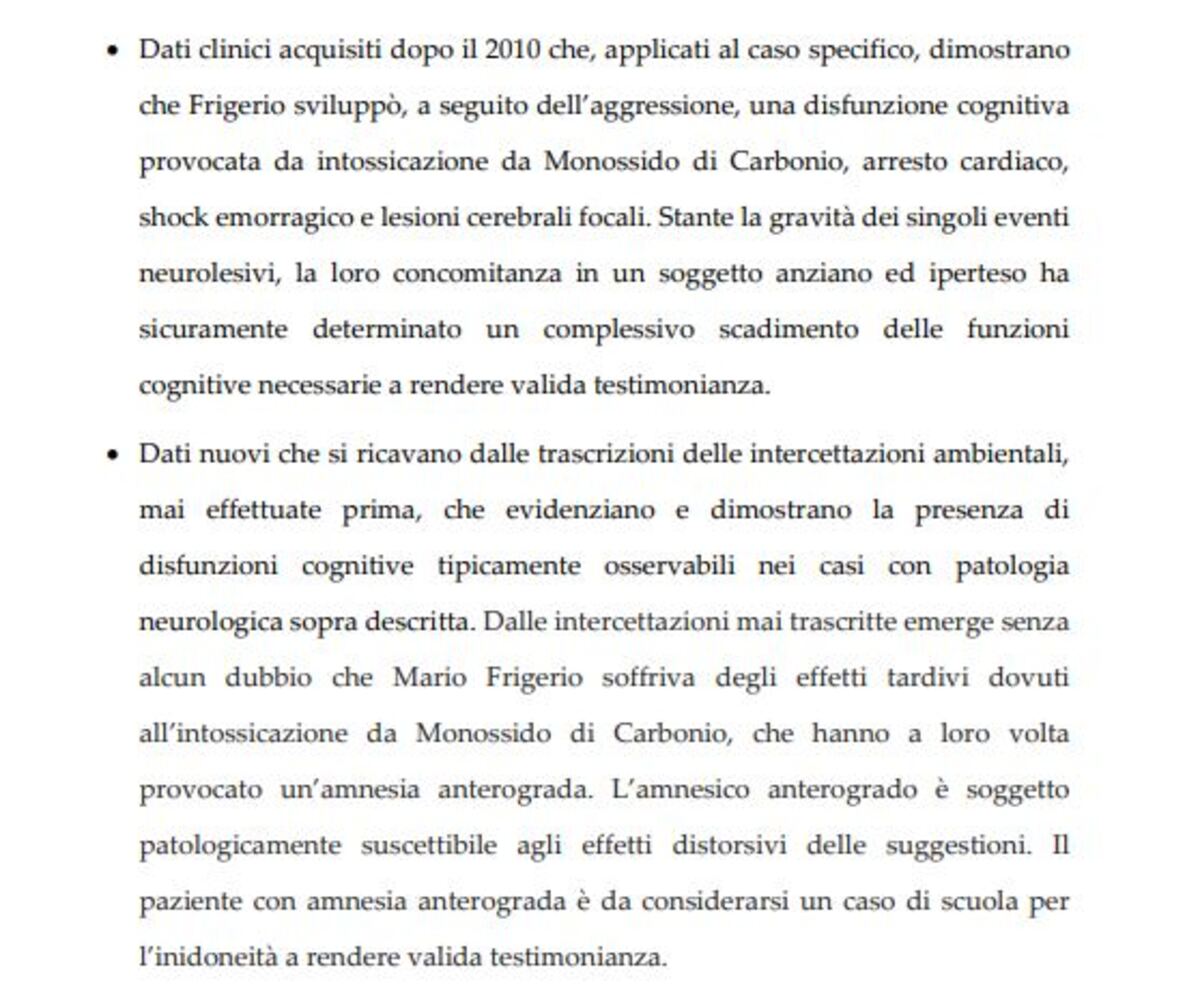
All this makes the Consultants conclude in the sense of a worsening of the mental condition and cognitive deficit manifested by Mario Frigerio during the hospital stay, of incorrect investigative interview techniques full of numerous suggestions made about him and a clear violation of precise and well-known scientific laws regarding memory and face recognition. All that it would demonstrate that the memory regarding Olindo Romano as her attacker is one false memory and that Mario Frigerio was unfit to give valid testimony regarding the events that occurred on the evening of 11 December 2006.
2) The blood stain found on the door sill of Olindo Romano's car belonging to Valeria Cherubini in life
The second element that led to the arrest of the spouses is the blood stain found on the door sill of the Seat Arosa car owned and used by Romano, car inspected twice. “There is no certainty about who carried out this inspection of the car and how it was carried out, so much so that the Court of Cassation itself has defined it as 'questionable' – we read in the application – the unusual practice whereby those who participated in the carrying out of the act and those who drew up and signed the relevant report do not coincide”.
A first time in the immediate aftermath of the events by the Carabinieri of the Erba station (12 December 2006 at 2.21 pm) when they proceeded to search him. On that occasion the Carabinieri did not find any traces of blood on the sill plate, driver's side, of the car.
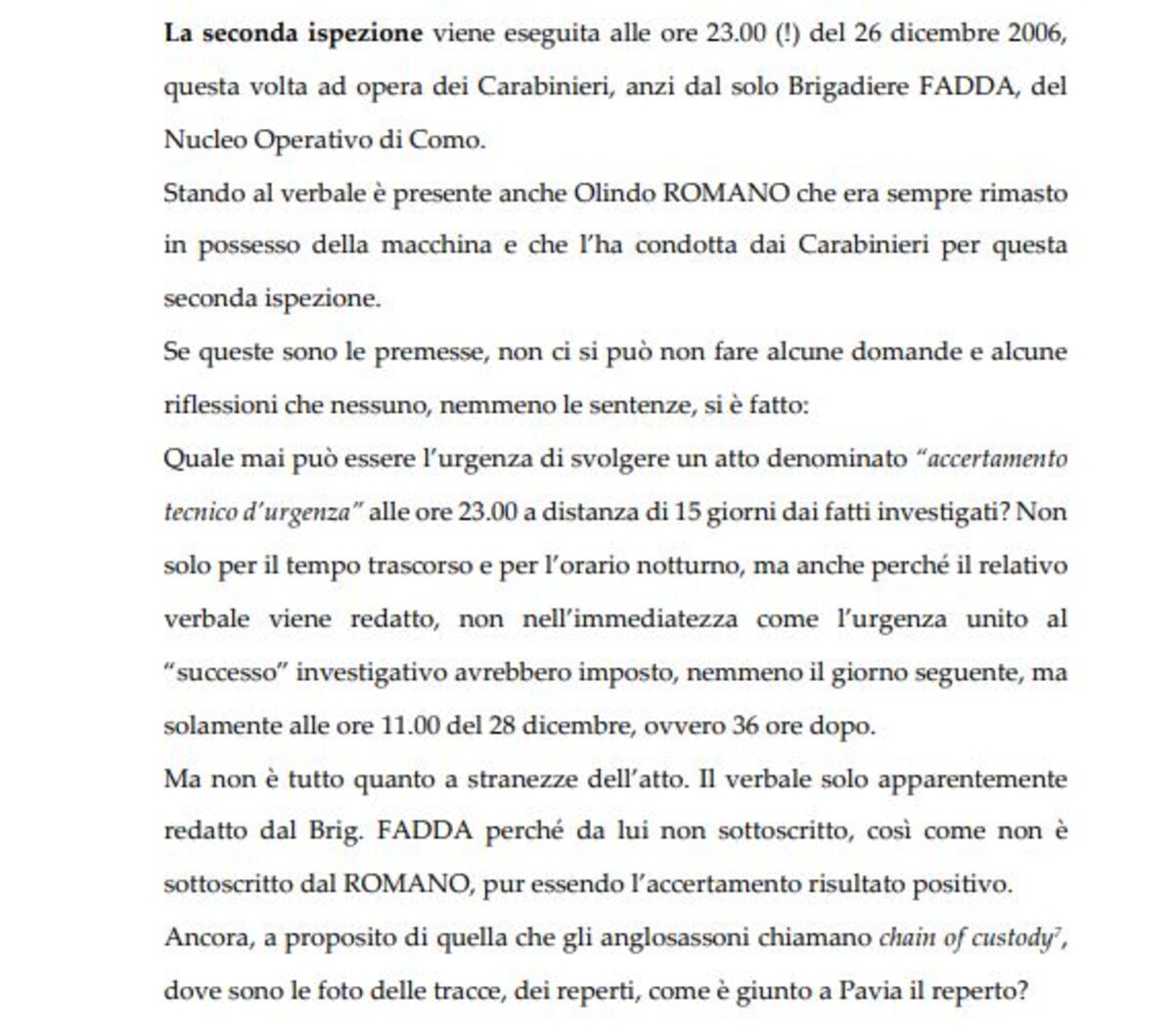
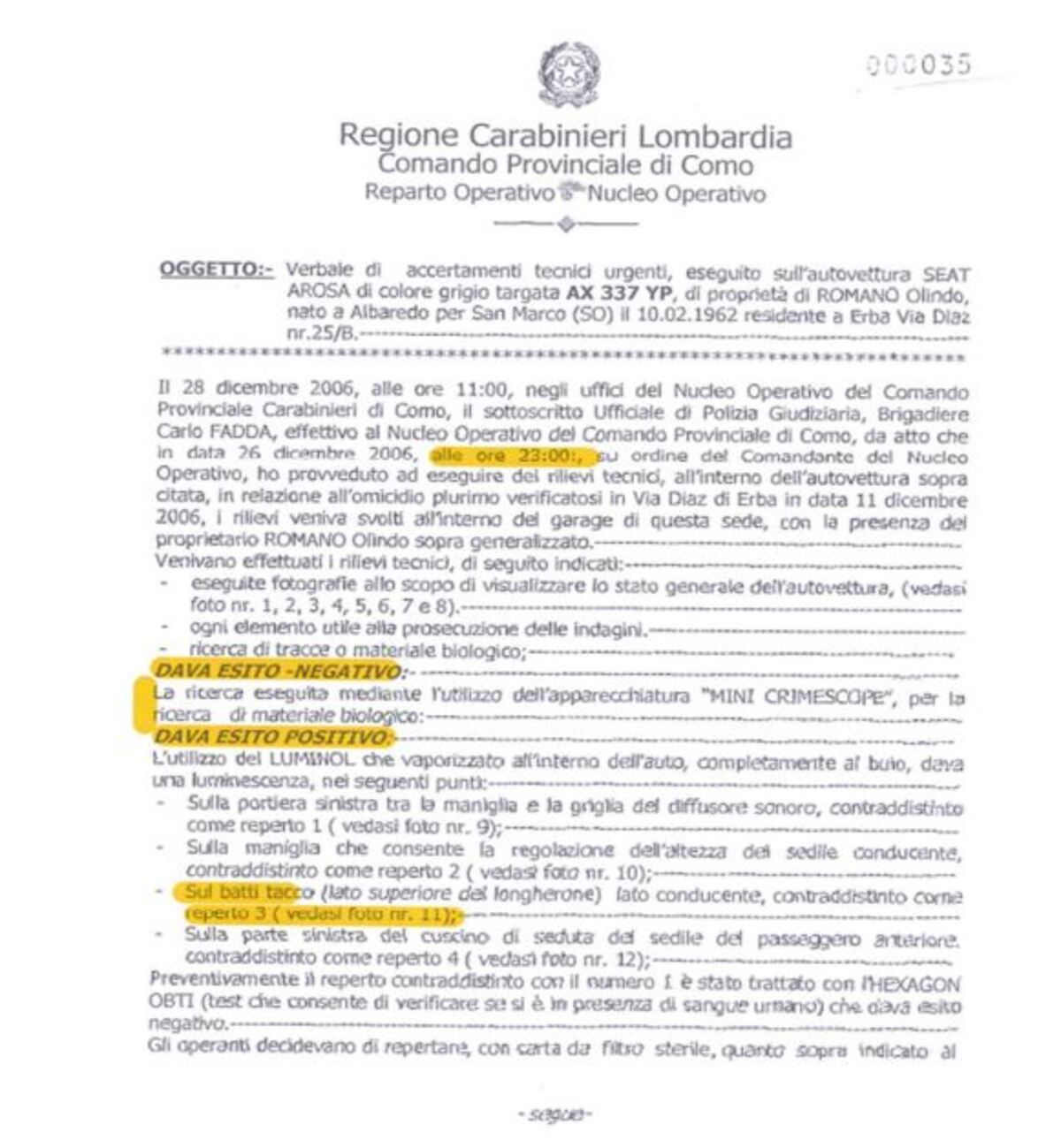
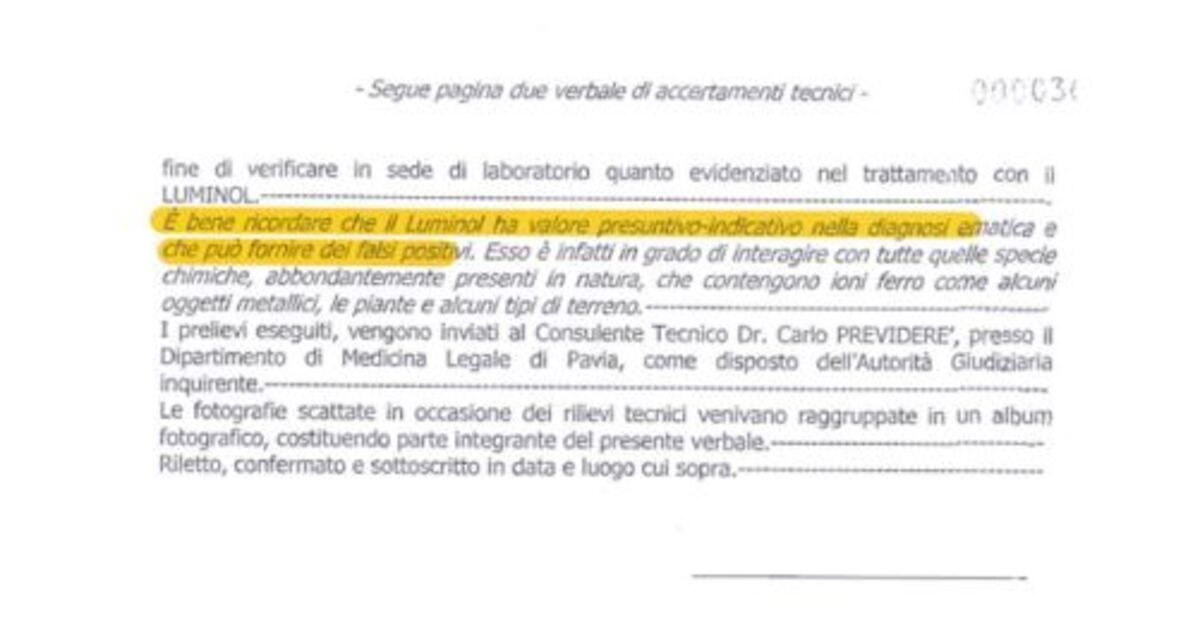
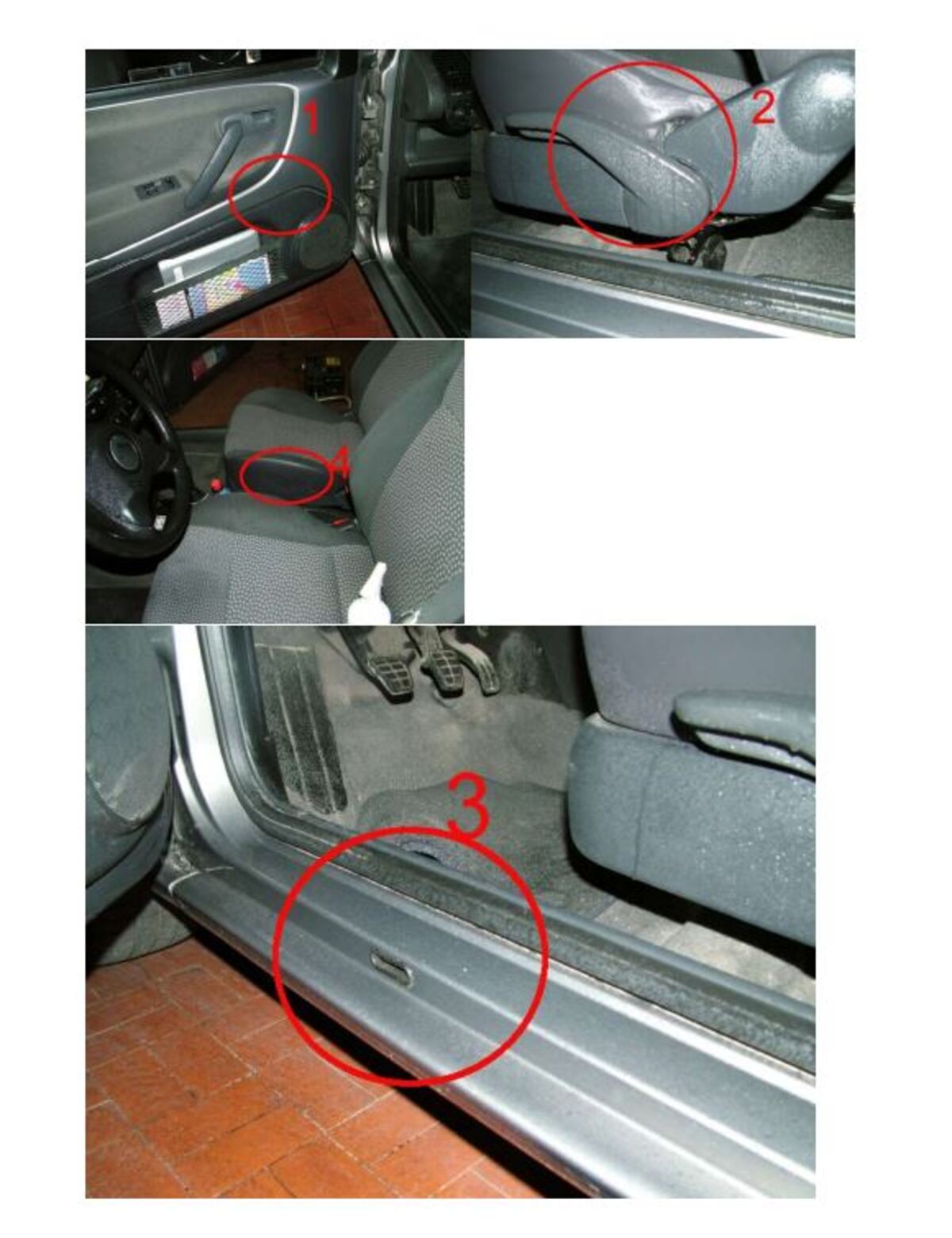
In particular, no stain is visible on the inside of circle number 3 which, according to Brigadier Fadda, would be the place where the bloodstain subsequently attributed to poor Valeria Cherubini was found. It follows that the inspection, collection, verbalization and transmission operations take place not only in times and in ways that are, to say the least, non-transparent and non-traceable, but also with astonishing superficiality.
Therefore, if it is certainly not in dispute that the blood sample sent for analysis to the doctor Carlo Previderè at the Department of Forensic Medicine of the University of Pavia belonged to Mrs. Valeria Cherubini during her lifetime, it is extremely questionable and completely uncertain that it is the same exhibit apparently taken by Brigadier Fadda on 26 December 2006 at 11.00 pm on the door sill of Olindo's car. And it is precisely in relation to this second “proof” that the elements of noveltydetected in particular by the biologist and geneticist Marzio Massimiliano Capra.
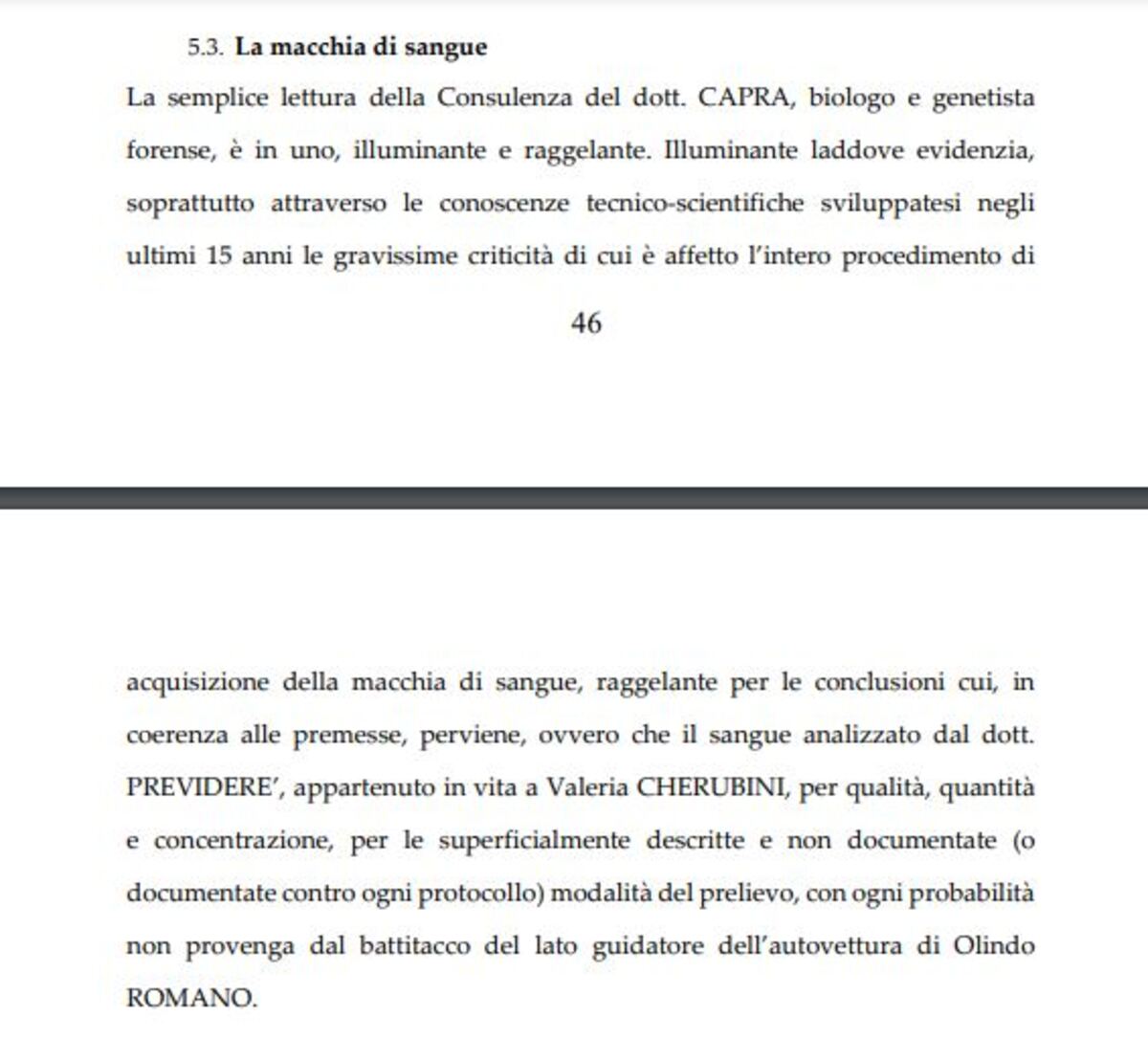
3) The confessions of Rosa Bazzi and Olindo Romano
“Simply listening to the recordings (not therefore reading the transcripts) of the interrogations carried out immediately after the arrest by the then suspects Rosa Bazzi and Olindo Romano leaves one astounded – writes Tarfusser in the application – First of all the environmental context. This is characterized by an enormous numerical, cultural, emotional and legal imbalance. At the interrogation of the two arrested, one semi-literate it's a dustman, even four (!) Public Prosecutors and (at least) one judicial police officer proceed. Defending them is a public defender who, according to the minutes and the audio, is a merely physical presence, of formal regularity of the interrogation, certainly not of the effectiveness that his role and his function would require. The pressure, especially psychological-emotional, to which the two detainees were subjected is enormous. Nonetheless, both profess their innocence.”
Even in relation to confessions, explains Tarfusser, new elements of evaluation are inserted, following the final conviction of the spouses, result of the technical-scientific activities condensed in consultancy. From the wiretaps in the home of the Romano spouses we can deduce, for example, that the spouses say they are innocent, often discuss the massacre, learn many details, think of going to visit Mario Frigerio in hospital, and never provide information that can be interpreted in a guilty sense (thus denying what was stated in the Sentences).
Then there are the environmental interceptions on the Seat Arosa car of the Romano couple, from which we can deduce that yes they question who the culprit might be, they profess their innocence, they show no concern of any kind, and no useful indication for the guilt thesis ever emerges (thus denying what was stated in the Sentences). The result reached by the Consultants is that the self-accusing statements of Olindo Romano and Rosa Bazzi are to be considered acquiescent false confessions. These conclusions are based on the most recent and advanced scientific data that correspond to the criteria which, if missing, make the confessions false confessions.
In this first part we have given you an account of the evidence that led to the conviction of the two spouses but, above all, of the critical issues and innovations that the judges of the Court of Appeal of Brescia will have to take into account from 1 March. In the next episode we will analyze them in detail new consultancy services used by the defense lawyers of Rosa and Olindo, and Cuno Tarfusser, relevant to the review process, with unpublished interviews and dialogues.
#Erba #Frigerio #unreliable #photographic #evidence #doesn39t #add
